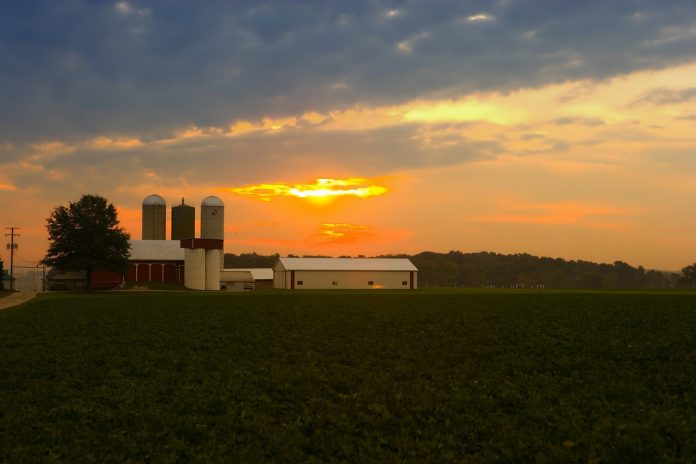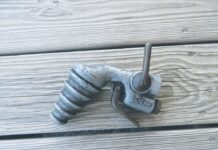“1958: On land and the growth of the Nation, we have two main problems with respect to land: How should it be used? How should rights in land be distributed? Our success in answering them will reflect our success in anticipating the changing conditions of the future. But the voice of the future is heard only feebly over the din of the market place, and the public has a responsibility to speak on behalf of future citizens.”
— The United States Department of Agriculture 1958 yearbook, Land
Part One
It is interesting to note that in 1950, there were areas of the United States where electricity was still fairly new, and in some of those remote areas, farming with tractors had not long before replaced horses.
Farm families were enjoying a relatively enjoyable moment in time, as new methods were making row crop farming much more enjoyable and profitable than in previous decades.
The rural countryside of America was a mostly happy place to be. More people were selling long-held pieces of farmland to build a house in a budding community elsewhere, closer to their work, perhaps, so land was increasingly coming available to young farmers.
“Records of farm sales in Brown County, Kansas, show that 41 properties were sold at an average price of $129 per acre in 1953. “Farmland, with buildings, represents about three-fourths of all physical assets used in agriculture. If land is overvalued, the individual farm operator may so deplete his capital by the purchase of a farm that he has too little money left to buy the necessary machinery and livestock to meet current operating expenses. If land is undervalued, it may encourage wasteful use or an extensive level of cultivation,” this yearbook warns.
Records of farm sales for my parents grew slow but steady during the 1950s. It did not come easy.
Late nights
My father was still working full-time off the farm, coming home late in the day to see his wife and little girls before heading to the fields or the barns.
Dad once said he dedicated plenty of late nights putting pencil to paper, working out the realities of how to support a family while building growth into his balance sheet.
Corn prices in the early 1950s stood around $1.50. He was hoping to sell enough corn in order to buy adjoining land as it became available.
He knew the only way to do this was to keep his nose to the grindstone. His plan was to begin building a dairy herd, and perhaps a small farrow-to-finish hog set-up in addition to that.
If corn prices were not strong enough to see a profit from cash crop sales, a more steady paycheck could be created by using your own corn to feed dairy cows and hogs.
Building his own safety net, Dad determined he would continue working full time off the farm and as many off-hours as were required to build the farm until around 1960.
Tight budget
If his pencil-pushing predictions held, he would be able to buy land and livestock by turning dollars. There was very little sleep and a tight budget as they raised three little girls born between 1953 and 1955.
Dad once said when their third baby girl, my sister Debi, showed allergies to baby formula, their doctor suggested trying goat milk. So, as if there wasn’t enough work to do, they bought a dairy goat.
Taking turns milking the goat, Dad was impressed by the fact that his pretty young wife never once complained and took right to it.
Renting one farm while buying another, this young couple just starting out knew that land was a precious commodity. It was worth long days and elbow grease.
“It’s one thing that can’t ever be manufactured. When the opportunity to buy land comes along, there likely won’t ever be a second chance,” Dad said.
He knew they needed to work hard to be ready when that chance came along.
Next week: Part Two














Beautiful story,,